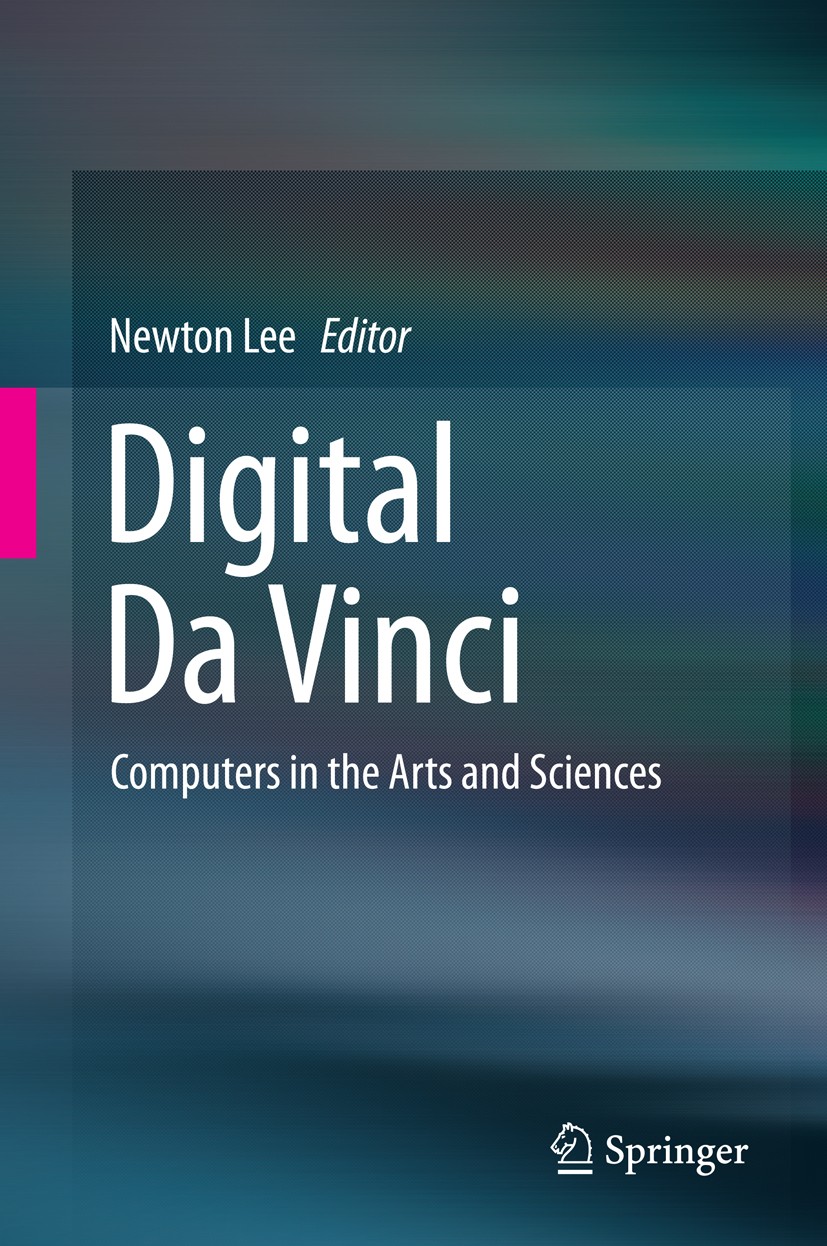| 书目名称 | Digital Da Vinci | | 副标题 | Computers in the Art | | 编辑 | Newton Lee | | 视频video | http://file.papertrans.cn/280/279208/279208.mp4 | | 概述 | Explores polymathic education through unconventional and creative applications of computer science in the arts and sciences.Examines the use of visual computation, 3d printing, social robotics and com | | 图书封面 |  | | 描述 | “Science is art,” said Regina Dugan, senior executive at Google and former director of DARPA. “It is the process of creating something that never exists before. ... It makes us ask new questions about ourselves, others; about ethics, the future.” This second volume of the Digital Da Vinci book series leads the discussions on the world’s first computer art in the 1950s and the actualization of Star Trek’s holodeck in the future with the help of artificial intelligence and cyborgs. In this book, Gavin Sade describes experimental creative practices that bring together arts, science and technology in imaginative ways; Mine Özkar expounds visual computation for good designs based on repetition and variation; Raffaella Folgieri, Claudio Lucchiari, Marco Granato and Daniele Grechi introduce BrainArt, a brain-computer interface that allows users to create drawings using their own cerebral rhythms; Nathan Cohen explores artificially created spaces that enhance spatial awareness and challenge our perception of what we encounter; Keith Armstrong discusses embodied experiences that affect the mind and body of participating audiences; Diomidis Spinellis uses Etoys and Squeak in a scientific exp | | 出版日期 | Book 2014 | | 关键词 | 3D printing; Architecture; Computable creative designs; Computational design; Etoys; Human-robot interact | | 版次 | 1 | | doi | https://doi.org/10.1007/978-1-4939-0965-0 | | isbn_softcover | 978-1-4939-4915-1 | | isbn_ebook | 978-1-4939-0965-0 | | copyright | Springer Science+Business Media New York 2014 |
The information of publication is updating

|
|
 |Archiver|手机版|小黑屋|
派博传思国际
( 京公网安备110108008328)
GMT+8, 2025-11-6 17:44
|Archiver|手机版|小黑屋|
派博传思国际
( 京公网安备110108008328)
GMT+8, 2025-11-6 17:44


